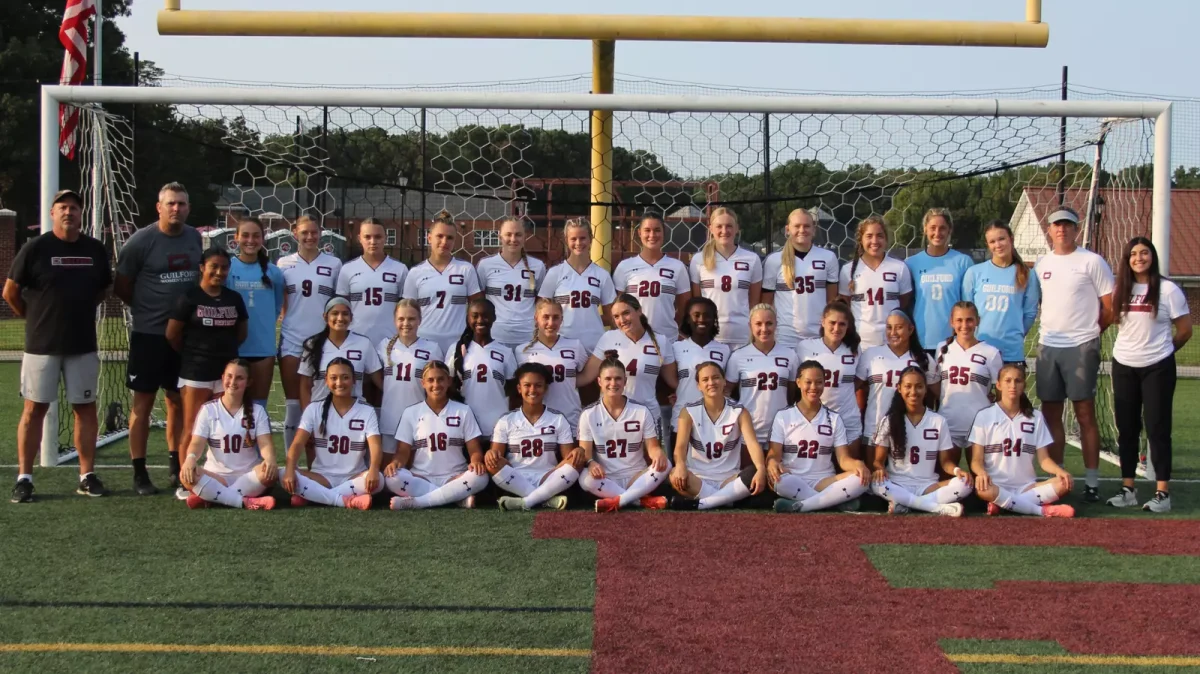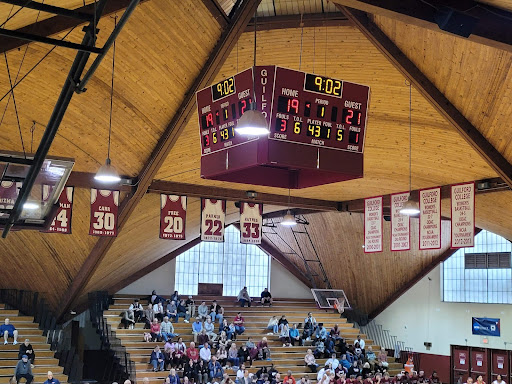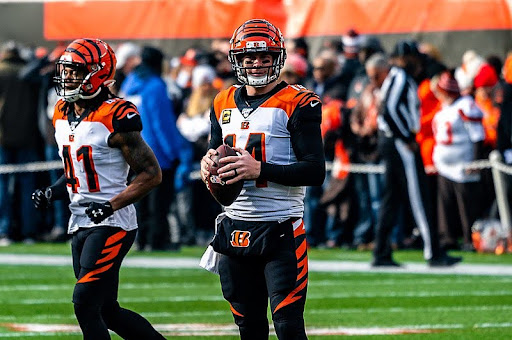It is the 1970’s, and a center crushes a defensive tackle with the force of a car crash and awkwardly lands on the ground. Adrenaline runs through his veins. He is determined to line up again for another play.
But something is wrong. He feels numb and notices himself bleeding. He loses consciousness, and the lights go out.
This was one of numerous concussions suffered by Hall of Fame center Mike Webster during his 16-year career in the NFL.
After an epic football career, Webster died in misery. An autopsy revealed Webster had chronic traumatic encephalopathy, a growing common disease in NFL players that has been linked to concussions.
“All of them, all the NFL players that I have examined, pathologically have CTE,” said Dr. Bennet Omalu, the physician who first discovered the link of concussions to CTE, and professor at UC Davis Department of Medical Pathology, in a Frontline interview.
“I have not seen one that did not have changes in their brain system from brain damage.”
Many who have experienced at least one clinically diagnosed concussion realize that their brain becomes very sensitive to stress factors; it can manifest as a social or physical burden.
“The more concussions you have, the worse concussions you have, the more fragile your head is, so you are more susceptible to get another,” said senior Liz Croce.
Athletes who suffer concussions say the effects were more expansive than they had anticipated.
“It all depends on how your brain heals,” said junior Maile Munro, a Guilford College volleyball player who suffered a severe concussion this semester.
“They say that normal healing time is two weeks, but all the people I know who have had a concussion end up extending their sensory deprivation time. Jumping into your normal schedule again with no transition time can set back your recovery.”
Guilford College coaches and trainers are trained to take a proactive approach to prevent concussions. But some injuries are unavoidable.
“Athletes have a pre-participation physical and undergo a preseason computerized concussion evaluation to establish an individual’s baseline,” said Gary Rizza, head athletic trainer at Guilford College.
“We provide our athletes and coaches with educational materials about concussions: how to prevent, recognize and treat suspected concussions.
“If we suspect an athlete has a concussion, he or she is evaluated by the school’s medical staff and then are monitored according to the directed concussion management plan.”
Research suggests that concussion causes reduced levels of hormones and weakening of sensory inputs which corresponds directly to the CTE diagnosis.
CTE is often characterized by the shrinkage of the brain volume and alterations in mood, cognition and behavior.
“One of the symptomatic problems of a concussion is that a person is more irritable than normal,” said softball coach Dennis Shores. “If someone is diagnosed with a concussion, they are out for at least a week. It takes at least that long to ensure that they are well.”
The degenerative brain disease CTE is currently without treatment and only identifiable during an autopsy.
As of now, CTE has no effective cures.
However, there are home remedies and natural therapies that individuals who suffer concussions turn to in order to mitigate brain cell deteriorations.
“I got my first concussion when I was eight,” said Croce.
“I went to Belgium last fall break to meet with a homeopath that took my case and found a remedy for me. Since then, I have noticed positive changes.”
As science rushes to catch up with the effects of concussions, fans are witnesses to more and more NFL concussion-related crises.
Recent high-profile deaths, from Junior Seau’s suicide to Jovan Belcher, who killed his girlfriend and then took his life at the Kansas City Chiefs facility last year, have shown during autopsies to have been connected with the effects of CTE.
However, CTE and concussions do not only occur in football.
Recently, sports have attempted to address the ‘rub some dirt on it’ culture, taking a more serious and scientific view of the effects of concussions.
For the past decade, the causal link between CTE and sports brain injuries has been ignored, with the NFL directly challenging Dr. Omalu’s findings.
On July 7, 2014, the NFL reached a $675 million settlement with former players who filed a class action lawsuit with the league over the effects of concussions. Before the settlement, the NFL had distanced itself from responsibility of these players’ long-term health.
Speculations on the long-term effects of concussions have now ended due to improved research in medicine and public health advocacy, but what of college athletes who suffer concussions?
Next week, The Guilfordian will address whether the NCAA, collegiate conferences or individual institutions are responsible for student athletes’ long-term health after players suffer concussions while representing their college.






